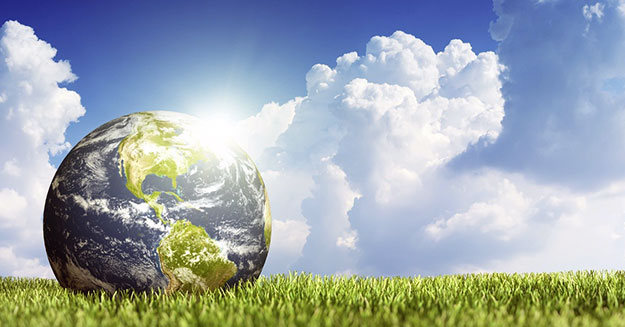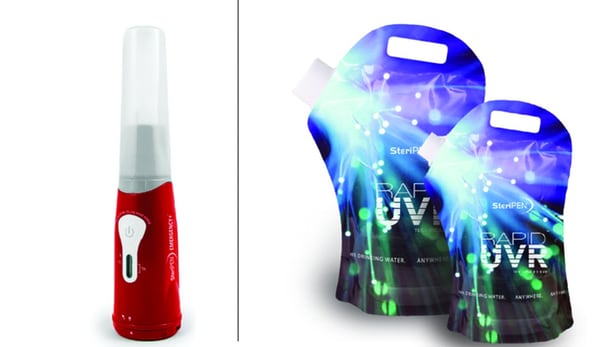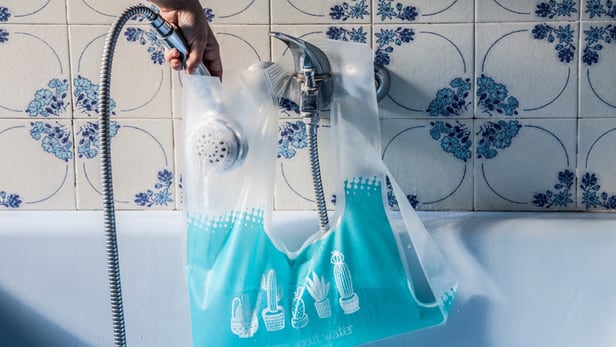Fuel cells generate electrical energy through a chemical reaction of hydrogen and oxygen. To obtain clean energy, the splitting of water into its components of hydrogen and oxygen is critical. Researchers at the University of Basel study how sunlight can be used for this purpose. The scientific journal Chemical Communications published their latest results.
 Developing clean and renewable sources of energy is one of the greatest challenges of our civilization. Artificial photosynthesis is one of the most promising approaches. This is when water is photo-electrochemically with the aid of sunlight separated into its components H2 and O2 and stored. When the chemical elements are later combined, electrical energy can be created. A team of researchers led by the University of Basel chemists Catherine Housecroft and Edwin Constable are working together with the Swiss Federal Laboratories for Materials Science and Technology (Empa) to implement this method. Read more
Developing clean and renewable sources of energy is one of the greatest challenges of our civilization. Artificial photosynthesis is one of the most promising approaches. This is when water is photo-electrochemically with the aid of sunlight separated into its components H2 and O2 and stored. When the chemical elements are later combined, electrical energy can be created. A team of researchers led by the University of Basel chemists Catherine Housecroft and Edwin Constable are working together with the Swiss Federal Laboratories for Materials Science and Technology (Empa) to implement this method. Read more





